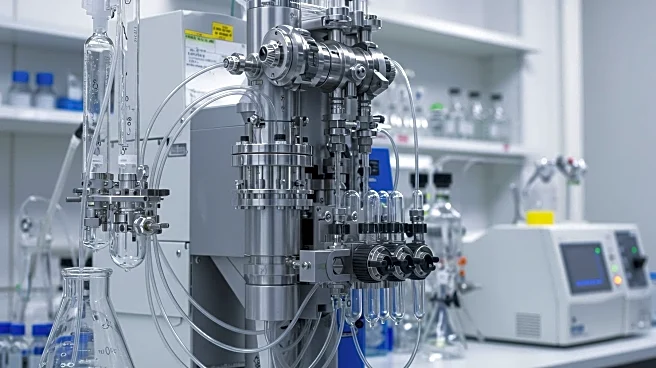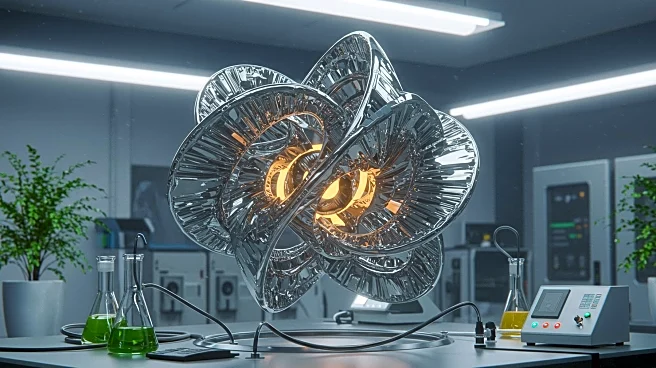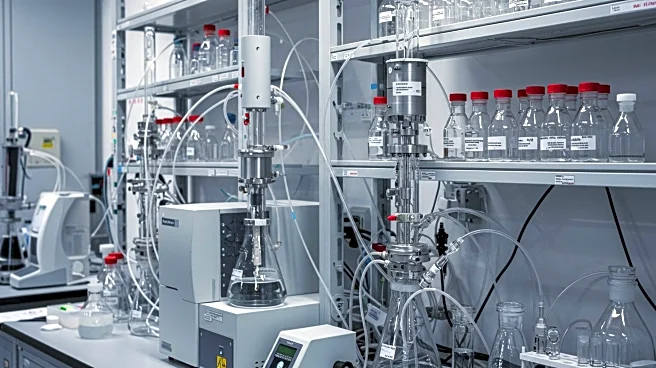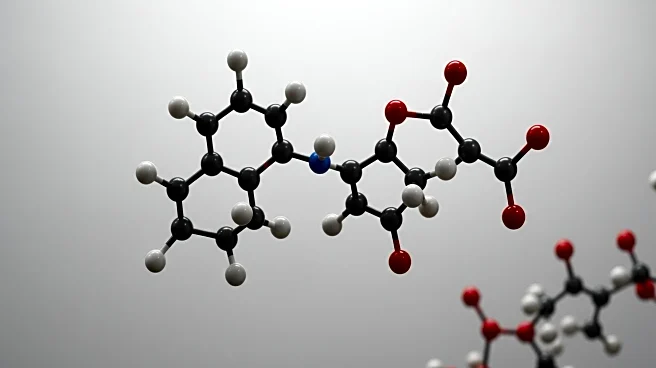What's Happening?
A new guide provides comprehensive information on oligonucleotide impurity analysis using hydrophilic interaction chromatography (HILIC). This method offers high-resolution separation and compatibility with mass spectrometry, addressing limitations of traditional techniques like ion-pairing reversed-phase chromatography and anion exchange chromatography. The guide covers optimization strategies for mobile phase and gradient conditions, integration with mass spectrometry, and techniques to address sensitivity challenges. It also includes troubleshooting tips for common issues such as poor resolution and irreproducible retention.
Why It's Important?
Oligonucleotides, synthetic DNA/RNA strands used in research and therapeutics, are prone to synthesis errors and degradation, leading to impurities. Effective impurity profiling is crucial for ensuring the quality and efficacy of oligonucleotide-based therapies. HILIC's compatibility with mass spectrometry enhances the precision of impurity identification and characterization, potentially improving therapeutic outcomes and advancing research in the field.
What's Next?
The adoption of HILIC in oligonucleotide analysis may lead to more accurate and efficient impurity profiling, benefiting pharmaceutical research and development. As scientists continue to refine this method, it could become a standard practice in the industry, improving the quality control of oligonucleotide-based products.











